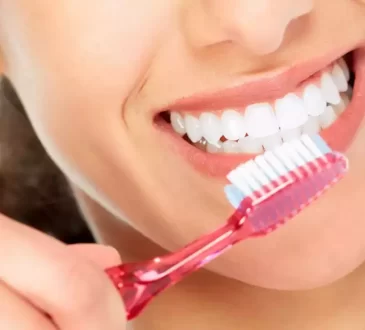Understanding Dental Resins: An Overview From A General Dentist

Dental resins are a key part of modern dentistry. They help restore teeth, enhance smiles, and provide protection. As a cornerstone in general, family & cosmetic dentistry Houston , these materials serve multiple purposes. They fill cavities, bond dental work, and create lifelike crowns. Resins offer a strong, durable, and natural-looking solution.
What Are Dental Resins?
Dental resins are composite materials that mimic the appearance of natural teeth. They consist of a plastic matrix with fine glass or quartz particles. This blend gives resins their strength and natural look. Dentists use them to repair decayed, chipped, or fractured teeth. They are versatile and adapt to various procedures in the dental field.
Types of Dental Resins
Dentists choose from different types of resins based on the procedure. Here are the main types:
- Composite Resins: Common for fillings and bonding. They match the tooth color, providing a seamless appearance.
- Flowable Resins: Thinner than composites. Used in small cavities or repairs. They adapt well to tooth surfaces.
- Bulk-Fill Resins: Allow faster application in larger cavities. They need fewer layers than traditional composites.
Benefits of Using Dental Resins
Dental resins offer various advantages, including:
- Aesthetic Appeal: They blend with natural teeth, making repairs unnoticeable.
- Durability: Resins are strong and withstand daily wear and tear.
- Conservative Treatment: Less tooth structure needs removal compared to traditional fillings.
Comparison of Dental Filling Materials
| Material | Appearance | Durability | Cost |
|---|---|---|---|
| Composite Resin | Natural Tooth Color | Moderate to High | Moderate |
| Amalgam | Silver | Very High | Low |
| Ceramic | Natural Tooth Color | High | High |
Application Process
The application of dental resins involves several steps:
- Preparation: The dentist cleans and prepares the tooth surface.
- Bonding: A bonding agent is applied to the tooth. This helps the resin adhere.
- Layering: The resin is applied in thin layers. Each layer is hardened with a special light.
- Shaping: The dentist shapes the resin to match the tooth’s contours.
- Polishing: Finally, the resin is polished for a smooth finish.
Maintaining Dental Resins
To ensure the longevity of dental resins, follow these tips:
- Regular Brushing: Brush teeth twice daily to prevent decay around the resin.
- Flossing: Floss daily to remove debris between teeth.
- Routine Check-ups: Visit the dentist regularly for professional cleanings and assessments.
Conclusion
Dental resins play a vital role in modern dentistry. They provide aesthetic and functional benefits. Understanding their applications and care can help maintain a healthy smile.









